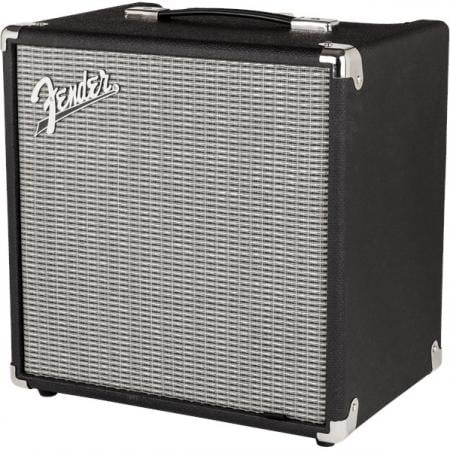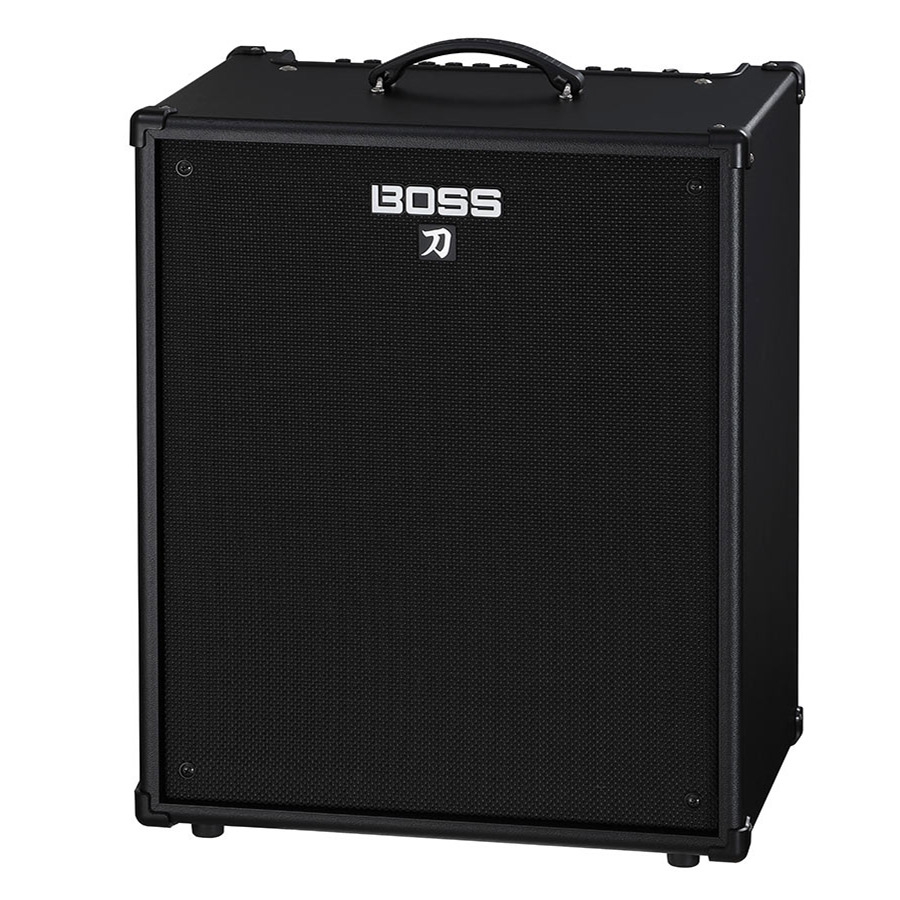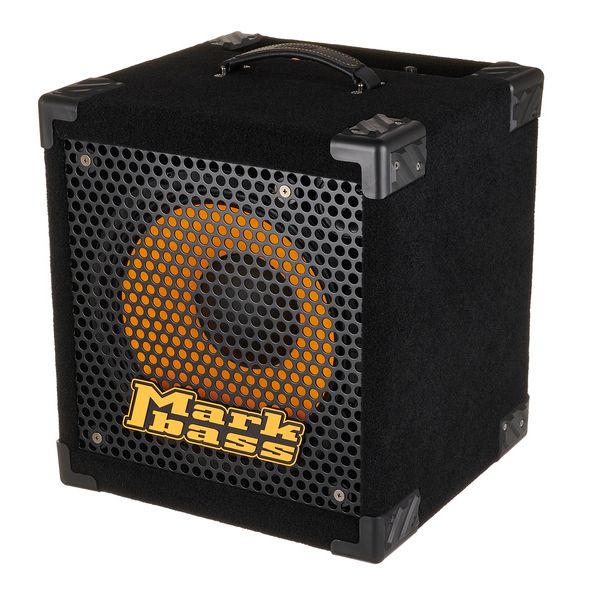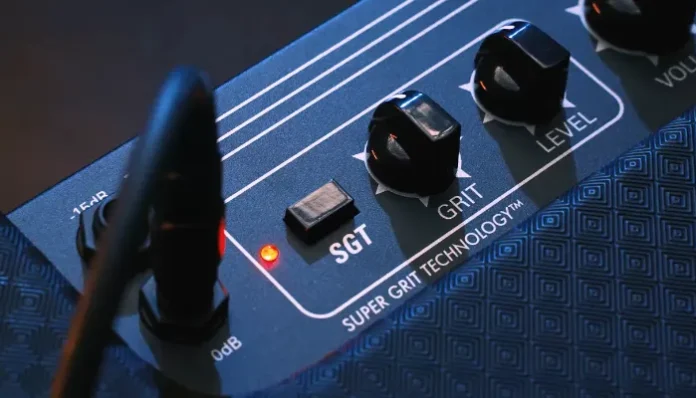If you are starting out with playing bass guitar, having the right amplifier will make all the difference. Whether you’re practicing or jamming at home, playing your first live gig, or recording in a studio, the right amp will enhance your sound and improve your playing experience. In this guide, I will show you some of the best bass amplifiers available for every budget, helping you find the perfect amp for your needs. Please keep in mind these are my personal choices, so you may have different preferences. But it will give you a good start!
Why a good bass amp is important
A bass amp is more than just a speaker; it’s a tool that shapes your tone and ensures your bass is hear in all frequencies and cuts through the mix. A good amp provides clarity, power, and the ability to adapt to different musical styles. Investing in the right amplifier will not only improve your sound but also your confidence as a player. Combo bass amps are a great choice for most bass players, since they combine the bass amplifier with a speaker in one enclosure, making the amp easier to carry. They are alss more cost effective than separate amps and bass cabinet speakers.
Budget-friendly bass amps (Under $200)

If you’re just starting out or need a practice amp that won’t break the bank, go for one of these budget-friendly option. A small combo amp with an 8 inch speaker will be perfect for this goal. They wont be able to reproduce the lowest frequencies, but for practice this perfect, as it will also prevent you getting into trouble with the neighbours. Please keep in mind that these bass amps are NOT suitable for live gigs or playing in a band with a drummer, but they are great for home practice or small acoustic settings.
Fender Rumble 25
- Price: ~$129 (US without sales tax) or ~€159 (EU inc sales tax)
- Features: 25 watts, 1 x 8 inch speaker, compact and lightweight, overdrive circuit, three-band EQ
- Why It’s Great: Ideal for beginners and home practice, delivering a surprisingly warm and punchy tone.
Ampeg BA-108V2
- Price: ~$120 (US without sales tax) or ~€175 (EU inc tax)
- Features: 20 watts, 1 x 8 inch speaker, classic Ampeg tone, aux input for jamming along with tracks
- Why It’s Great: Affordable and durable with a rich, vintage tone.
Mid-priced bass amps for rehearsals and small gigs ($200 – $500)

When you are ready to start playing with a band or doing small gigs, you will need an amp with more power and options. If you are looking for a bass amp that is loud enough for practice sessions with a band or live performances in small venues like open mic sessions or local cafe’s, take a look at these options. They all offer great versatility and sound quality:
Hartke HD150
- Price: ~$399 (US without sales tax) or ~€450 (EU inc tax)
- Features: 150 watts, HyDrive speaker, built-in limiter, headphone jack
- Why It’s Great: Balanced tone and enough power for rehearsals and small gigs.
Orange Crush Bass 50
- Price: ~$299 (US without sales tax) or ~€309 (EU inc tax)
- Features: 50 watts, parametric EQ, built-in tuner
- Why It’s Great: Stylish design with deep, punchy sound and excellent tone-shaping capabilities.
Fender Rumble 100
- Price: ~ $300 (US without sales tax) or ~€379 (EU inc tax)
- Features: 100 watts, 12 inch speaker, XLR out
- Why it’s great: Enough power for rehearsals and small gigs, tone shaping options
Boss Katana 210
- Price: ~$500 (US price without sales tax) or ~€575 (EU price inc tax)
- Features: 160 watts, 2 x 10 inch speakers, tone shaping, XLR out
- Why It’s Great: Light weight, digital preamp with effects and tone shaping, connectivity with app to control effects. Powerful enough for rehearsals and most small to medium gigs.
Powerful bass combo amps for rehearsals and live gigs ($500 and Above)

For bass players that play live often and still want to have a portable amp that is easy to carry or transport, investing in better amp is absolutely worth it. You will have more power needed for live gigs, and also benefit from extra options like built-in DI / XLR out to connect your bass amp to the PA or options to add a second speaker cabinet for more volume extended bass frequency range.
There are plenty of options on the market that wont break you back, both financially and physically. Here are some of my personal favorites:
Markbass Mini CMD 121P
- Price: ~$950 (US price without sales tax) or ~€850 (EU price inc tax)
- Features: 300 watts (500 watts with extension speaker), 1 x 12 inch speaker, ultra-lightweight, rich and clear tone. XLR out for DI purposes
- Why It’s Great: Very compact design without compromising on volume or quality, perfect for gigging musicians. Can be extended with a cab to deliver 500 watts of power. I’ve used this combo for many years for all kind of gigs.
Ampeg Rocket Bass RB-210
- Price: ~$680 (US price without sales tax) or ~€750 (EU price inc tax)
- Features: 500 watts, 2 x 10 inch speakers, preamp, Ampeg SGT overdrive, graphic EQ
- Why It’s Great: A versatile powerful amp with typical Ampeg tone and overdrive. Has the popular Ampeg Ultra Hi/Ultra Lo switches. Classic looks.
Fender Rumble 500
- Price: ~$650 (US price without sales tax) or ~€700 (EU price inc tax)
- Features: 500 watts (500 watts with extension speaker), 2 x 10 inch speaker, ultra-lightweight, full tone, pre-amp tone shaping, XLR out for DI purposes
- Why It’s Great: Compact lightweight design, perfect for rehearsals of bass players with regular gigs. . Can be extended with a cab.
Tips for Choosing the Right Bass Amp
- Consider Your Needs: Are you practicing at home, recording, or performing live? Match the amp’s wattage and features to your primary use case.
- Portability: If you gig often, look for lightweight models or combos with wheels.
- Tone Preferences: Test amps to find one that complements your playing style and musical genre.
- Budget: Set a realistic budget, but remember that quality gear is a worthwhile investment.
- Buy second hand: If you don’t mind buying used, you can save some serious money.

